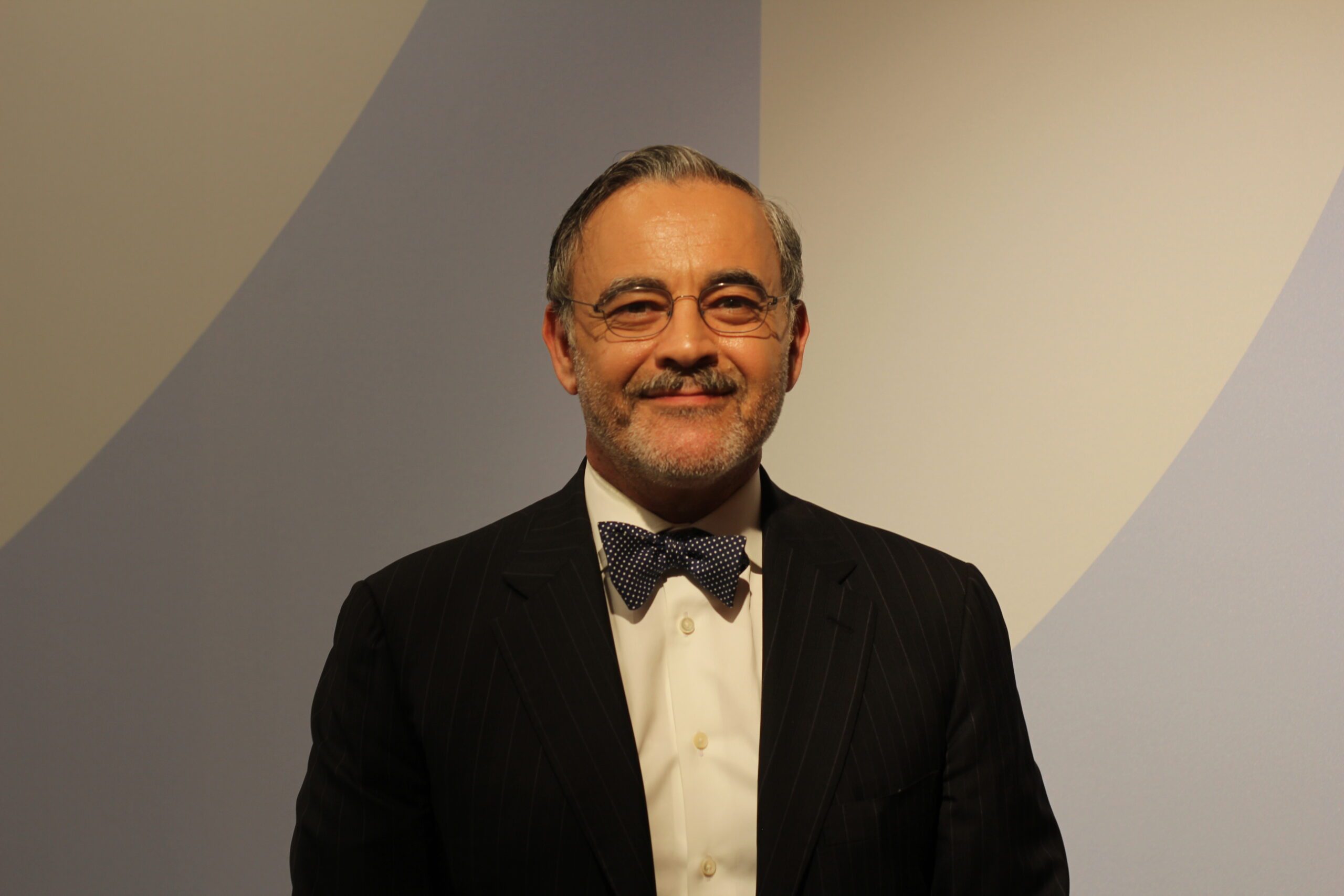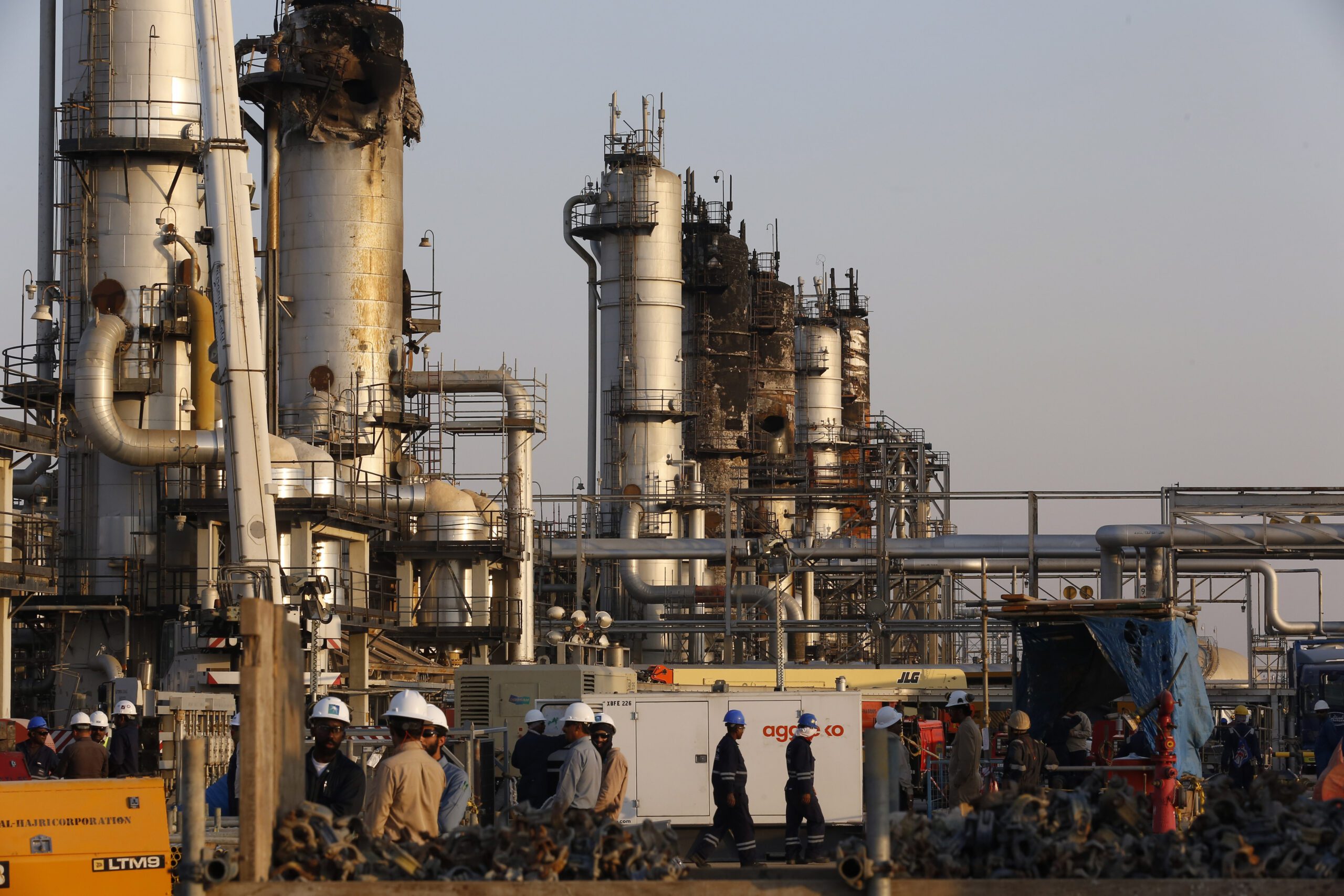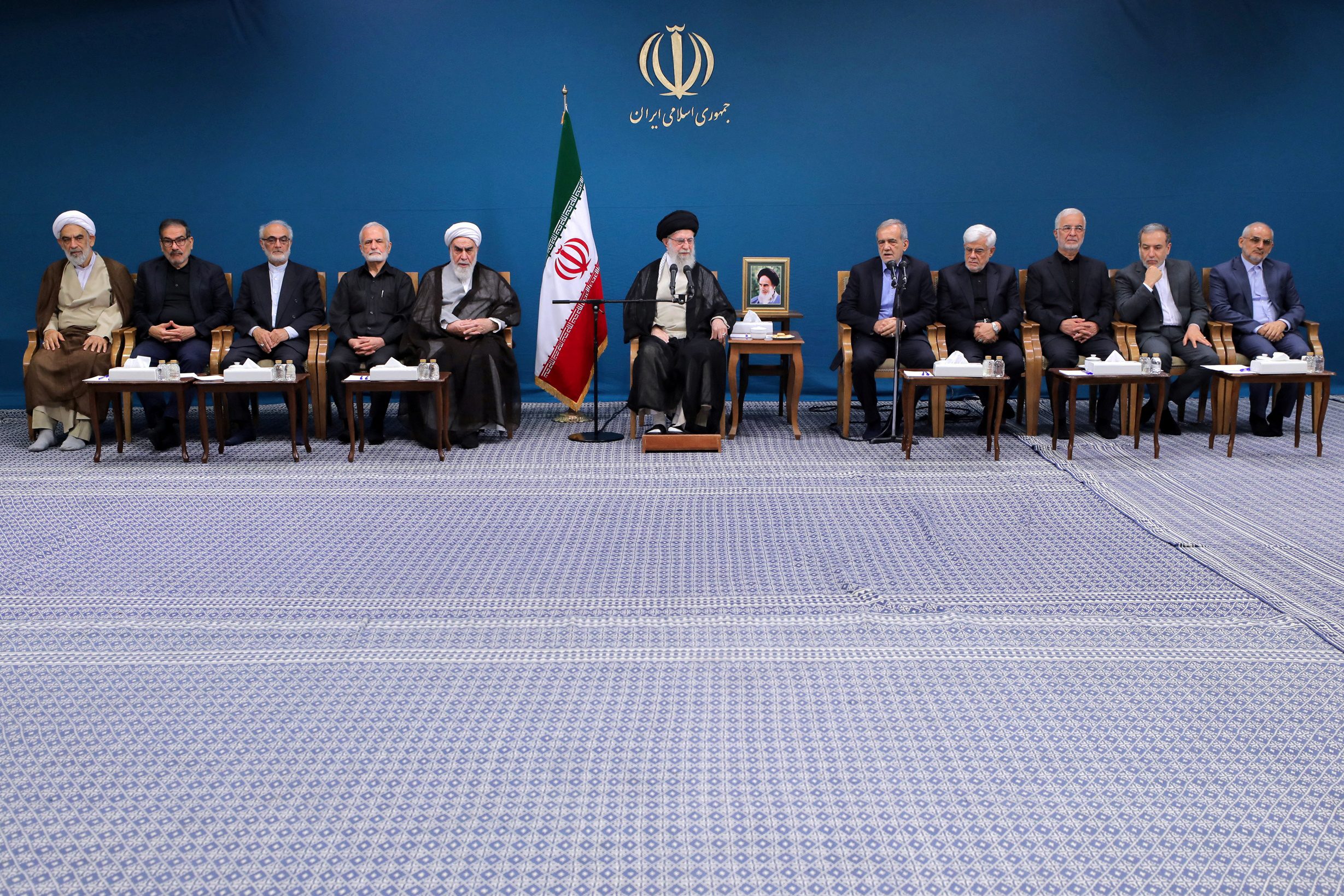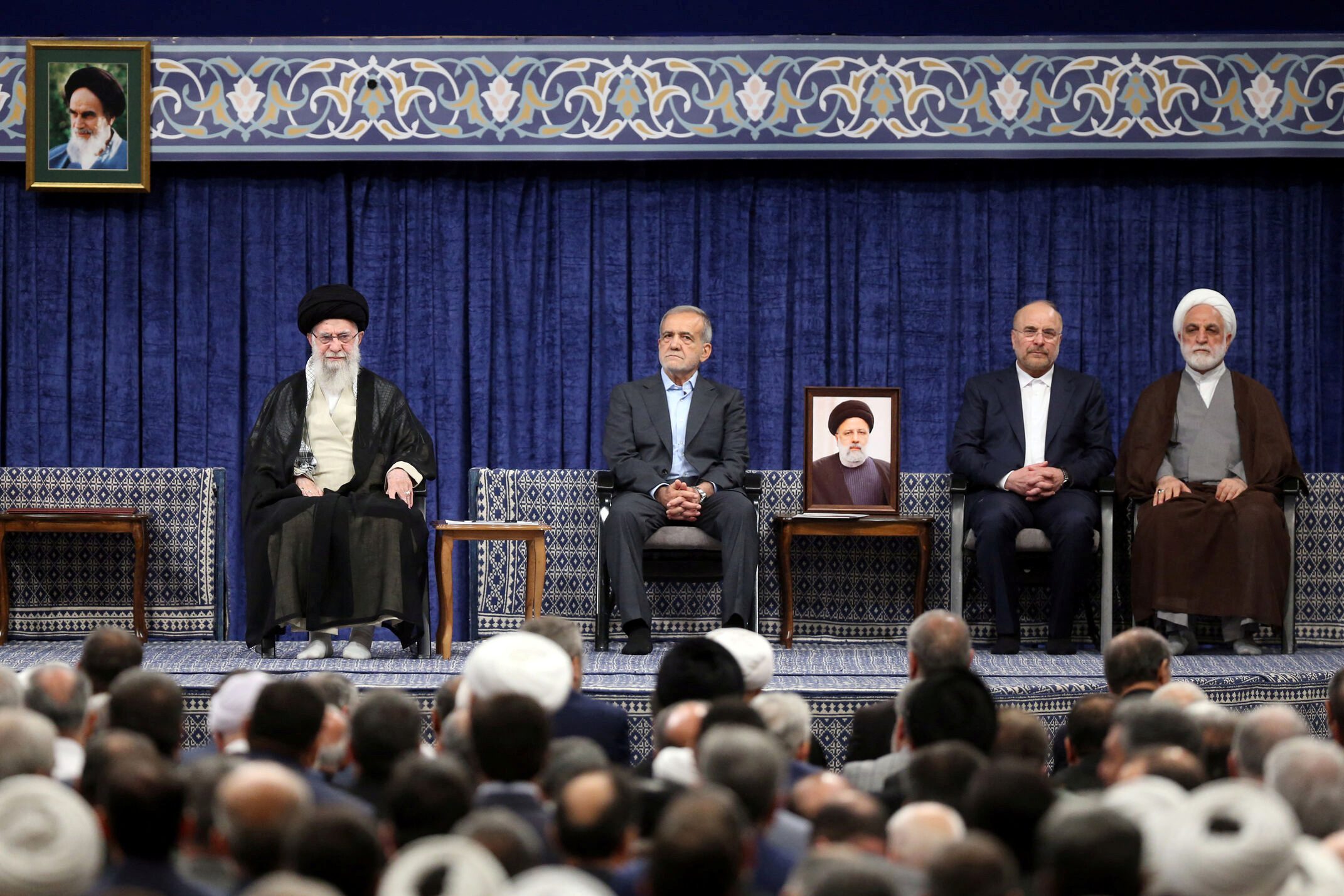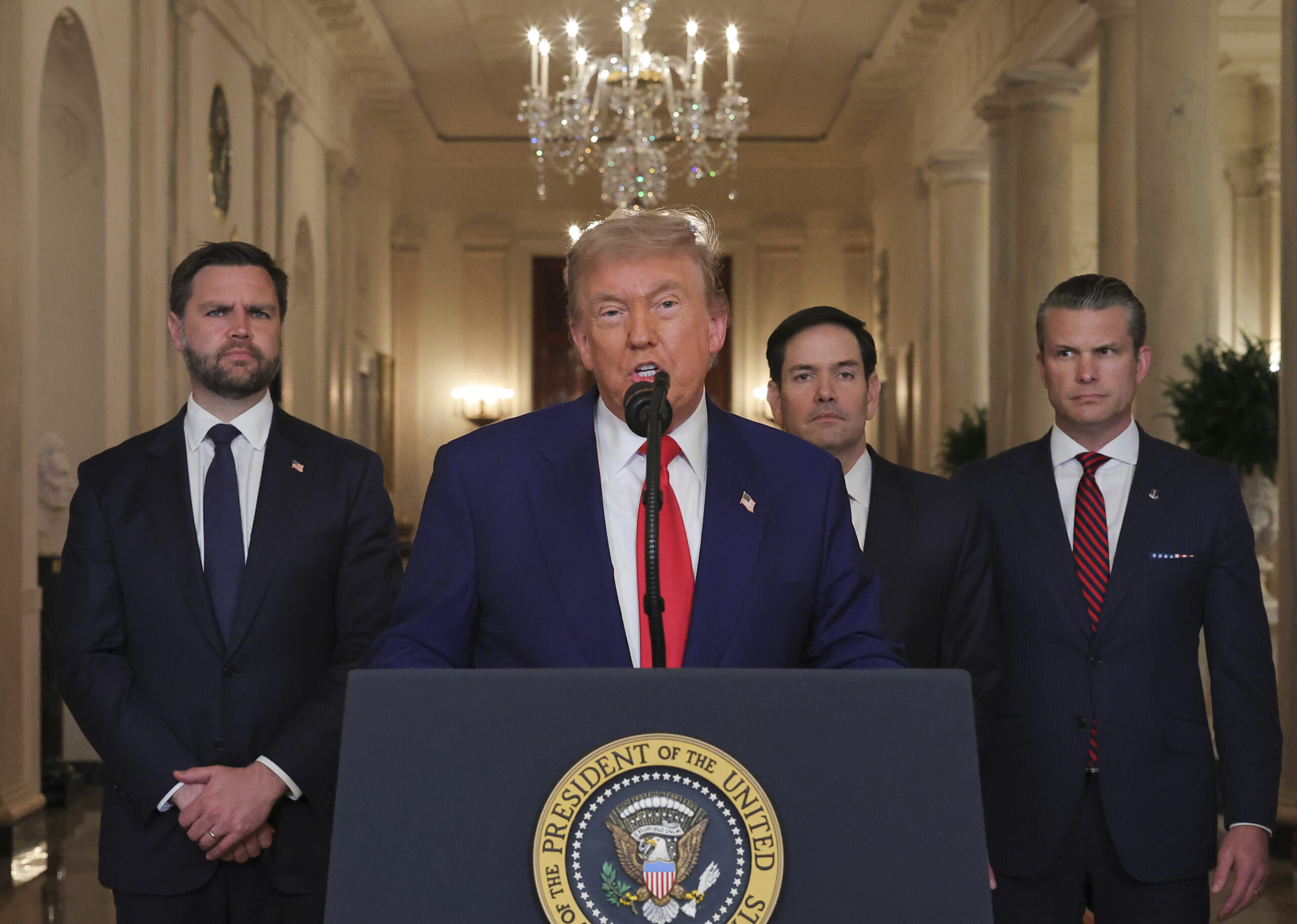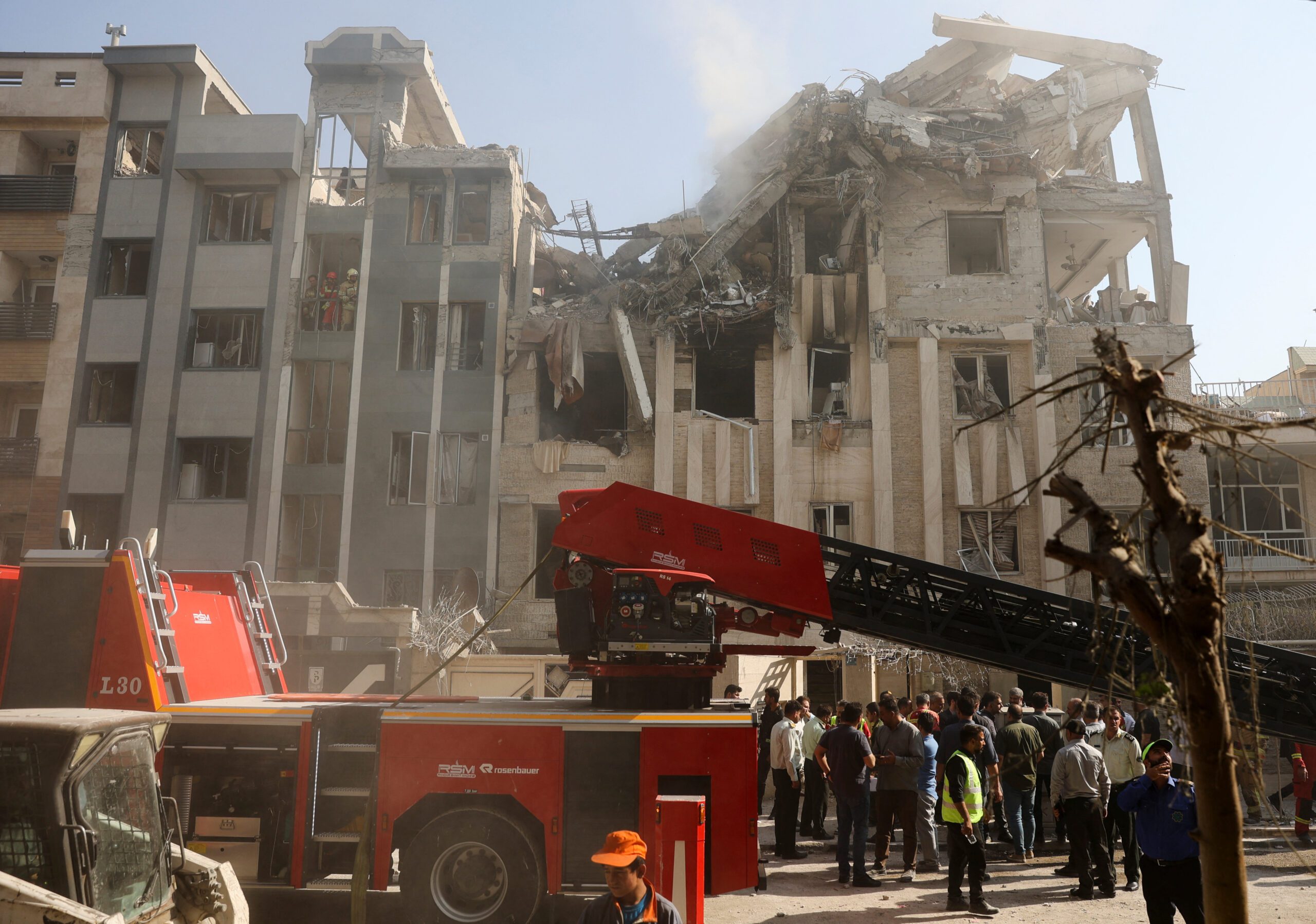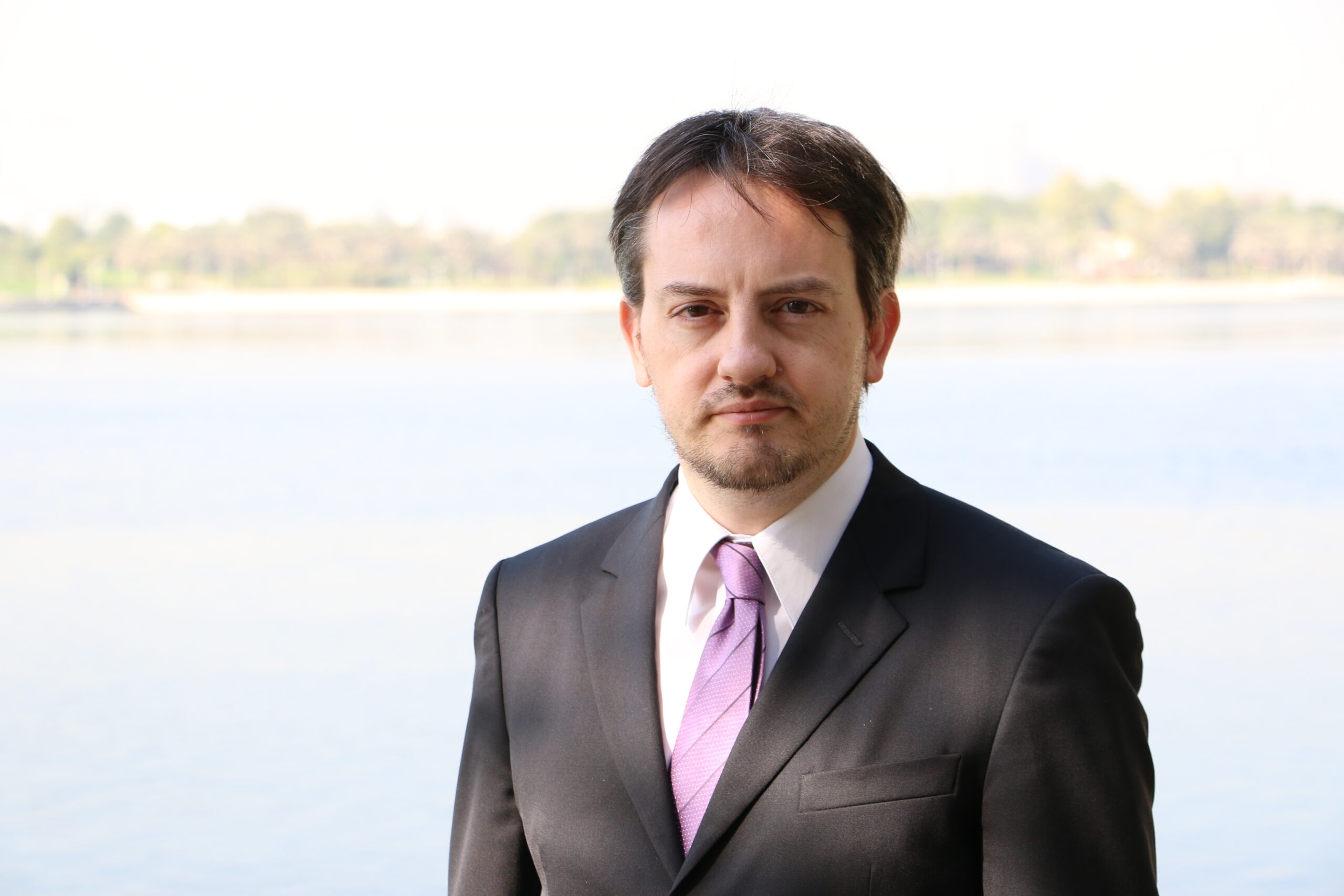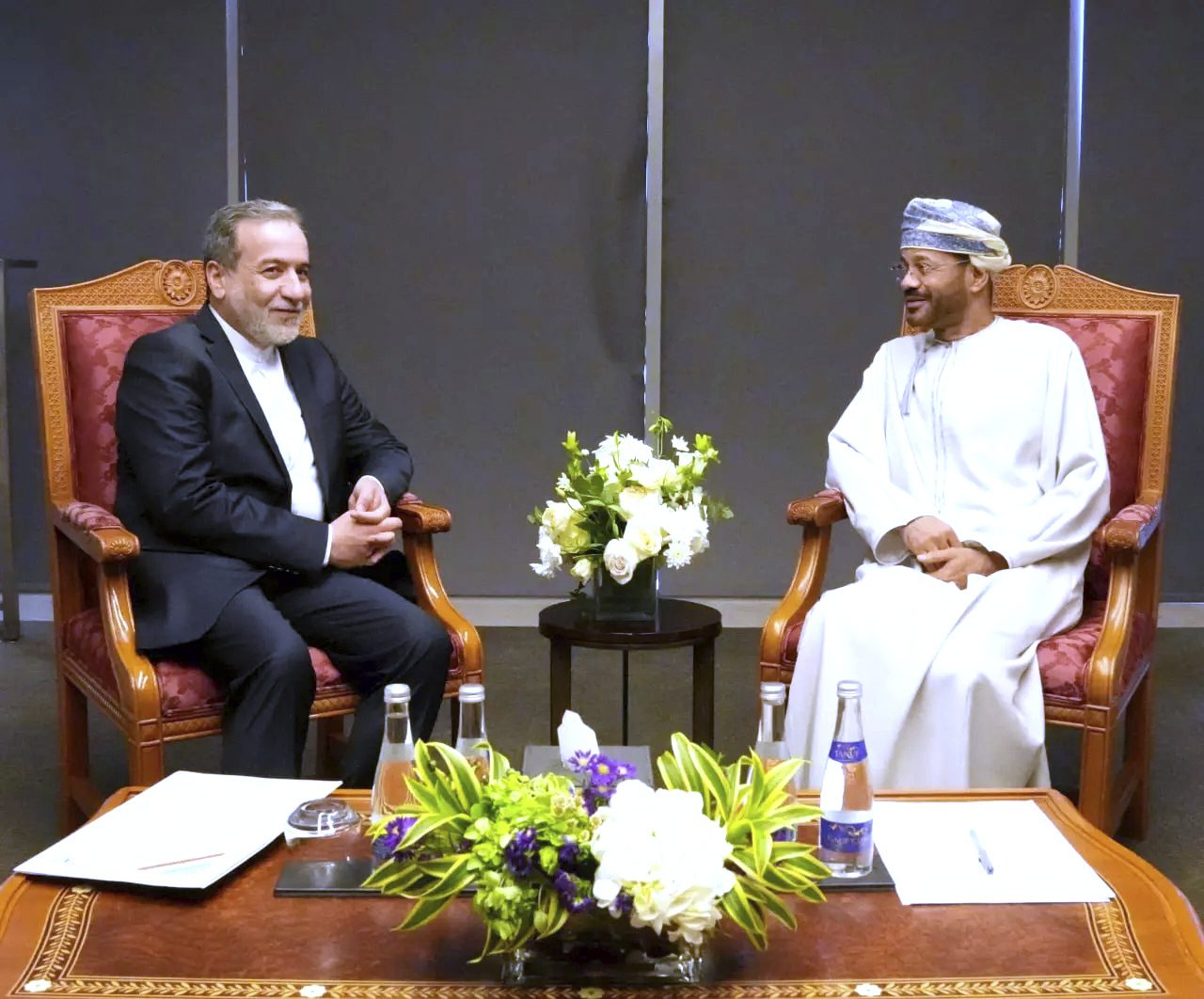Iran Media Review
Aug 1, 2025
Iran’s Growth Grinds to a Halt
The August 1 edition of the Iran Media Review examines an Iranian Parliamentary Research Center report about Iran’s slowing economy.
Amid mounting concerns over severe water and electricity shortages and growing suspicions of continued Israeli sabotage targeting Iran’s industrial sector, the Parliamentary Research Center reported that Iran’s economic growth slowed to just 0.1% in June.
- July 31: The lead article by Donya-ye Eqtesad warned of “the end of the oil honeymoon” that boosted Iran’s economic growth during President Masoud Pezeshkian’s first year in office:
-
- “According to central bank statistics, economic growth declined in the early 2010s due to intensified nuclear sanctions and reduced oil exports. This trend reversed with the improvement in foreign relations and the signing of the Joint Comprehensive Plan of Action in 2015. According to central bank data, quarterly economic growth surged to 17.1% in summer 2016, whereas from spring 2011 to spring 2015, the average growth rate was -1.9%. This positive trend continued until the U.S. withdrawal from the JCPOA in May 2018, after which Iran’s economy again experienced sharp declines. From spring 2018 to spring 2021, the average quarterly growth dropped to -2.2%.”
-
- “Since 2021, when Joe Biden took office in the United States, Iranian oil exports increased modestly, contributing to a relative recovery in economic growth. Diplomatic openings in late 2022, including the Iran-Saudi rapprochement, further boosted the trend, which continued through 2023. Between spring 2021 and spring 2024, quarterly economic growth averaged 3.8%.”
-
- “During Masoud Pezeshkian’s first year in office, economic growth declined modestly. Estimates indicate that the average quarterly growth rate from spring 2024 to spring 2025 was 2.5%, a 1.3 percentage point decrease compared to the previous period (based on the Parliament Research Center’s projections for spring 2025). Experts attribute this decline to reduced growth in the oil sector. It is anticipated that without a shift in foreign policy, this key economic variable will continue to decline in the coming quarters.”
-
- “According to estimates by the Parliamentary Research Center, Iran’s gross domestic product in June grew by only 0.1% compared to the same month the previous year. Excluding oil, this figure turns negative, at -0.2%. This indicates that non-oil economic growth was negative during this period and that increased oil production prevented overall GDP from contracting. In terms of sectoral contributions, the services sector played the most positive role, while the agricultural sector had the most negative impact on this growth.”
The views represented herein are the author's or speaker's own and do not necessarily reflect the views of AGSI, its staff, or its board of directors.
